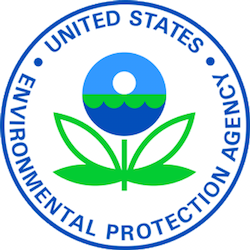 The Environmental Protection Agency has announced new requirements for the use of dicamba formulations “over the top” to further minimize the potential for drift when applying to dicamba-tolerant soybeans and cotton.
The Environmental Protection Agency has announced new requirements for the use of dicamba formulations “over the top” to further minimize the potential for drift when applying to dicamba-tolerant soybeans and cotton.
EPA worked worked with impacted states and land-grant universities, as well as Monsanto, BASF and DuPont on measures that will allow farmers to make informed choices for seed purchases for the 2018 growing season.
Label changes that impose additional requirements for “over the top” use of these products next year include classifying the products as “restricted use,” permitting only certified applicators with special training, and those under their supervision, to apply them and requiring farmers to maintain specific records regarding the use of these products to improve compliance with label restrictions. Other restrictions include limiting applications to when maximum wind speeds are below 10 mph (from 15 mph), reducing the times during the day when applications can occur, including tank clean-out language to prevent cross contamination, and enhancing susceptible crop language and record keeping with sensitive crop registries.
American Soybean Association president Ron Moore of Illinois was encouraged by EPA’s label changes to allow farmers to continue to utilize this important tool while also working to protect and prevent damage to non-dicamba tolerant crops. “Moving forward, ASA looks forward to working with EPA, states, manufacturers and our farmers to implement these changes while also seeking the root cause of this issue so new technologies can be used in years to come,” said Moore.
